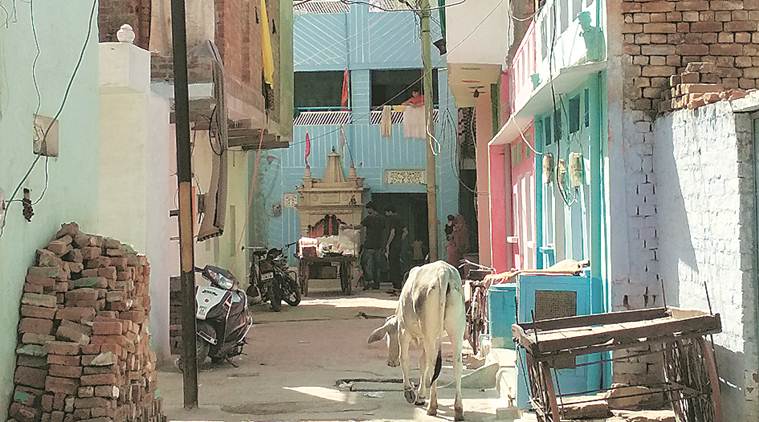
The Union government has identified 26,968 Dalit-majority villages for focused implementation of various government schemes over the next five years. These include all existing Central and state welfare schemes that are necessary to meet critical gaps in socio-economic and infrastructure needs, and reduce disparities.
These villages — where over 50 per cent of the total population are Dalits and those with a sizeable overall population — have been zeroed in under the Pradhan Mantri Adarsh Gram Yojana for “integrated development”.
“As per data, there are in all 46,859 revenue villages where more than half the population comprises people from the Scheduled Castes. Of this, 26,968 villages have a population of above 500 people and these will be our focus for the next five-year period,” said a senior official in the Ministry of Social Justice and Empowerment which is implementing the scheme. While the scheme is mainly about ensuring focused implementation and convergence of existing Central and state government schemes, the ministry provides Rs 21 lakh per village as gap funding.
According to the 2011 Census, Dalits make up 16.6 per cent of the country’s total population, with states such as Punjab, Uttar Pradesh, Haryana, Himachal Pradesh, West Bengal, and the Union Territory of Delhi recording more than 20 per cent Dalit population.
The Pradhan Mantri Adarsh Gram Yojana was first launched on a pilot basis in 2009-10 for an area-based development approach of predominantly Dalit villages. The official said a decision was taken to accelerate the scheme implementation in these villages after it was found that over the last decade, merely 2,500 Dalit-majority villages were taken up under the scheme. “In the earlier approach, it was found that due to the pace, people gradually lost interest and the implementation fizzled out eventually. Also, due to the break in continuity, there was no regular Budget allocation for the scheme on an annual basis. We therefore decided to scale up the coverage and have taken up 7,000 villages so far as per our new approach,” the official said.
Officials added that the earlier approach of the scheme was to ensure the development of physical infrastructure in these Scheduled Caste majority villages. This has now been redesigned to include 50 socio-economic indicators that have to be improved so as to reduce the inequality between Dalit and general households in these villages. These 50 “monitorable indicators” fall within 10 key basic service areas such as health, education, drinking water and sanitation, social security, roads and housing, electricity, agriculture, livelihoods, financial inclusion, and digitisation.
The Modi government’s strategy to use socio-economic indicators to target the poorest households for its social welfare schemes in rural India reaped dividends for the NDA during the recent Lok Sabha elections with data showing that the coalition won in a majority of the constituencies that fall in the 115 backward districts identified by NITI Aayog for the targeted implementation of all government schemes. The NDA government during its first term had started the use of deprivation indicators from the Socio Economic Caste Census for allocation of funds under various schemes to SC, ST, and Below Poverty Line households.